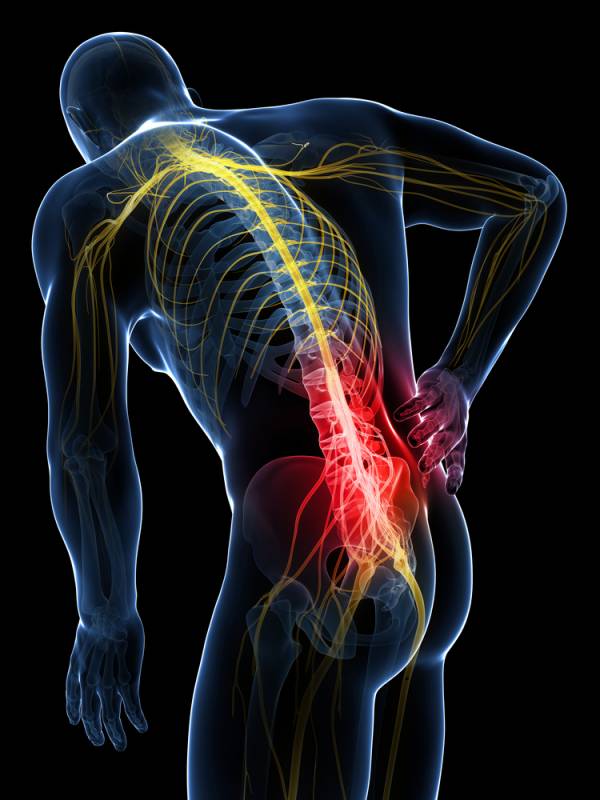Pain is a physical discomfort that can affect our daily life, our mood, and mental health. Our social and professional interactions may also suffer due to our constant nuisance.
There are two main types of pain we experience – acute pain and chronic pain.
The main difference is that chronic pain is ongoing while acute pain tends to resolve quickly. Some consider the pain to be chronic when it lasts more than three months, while others say that it should last more than six in order to be classified as chronic.
Acute pain is a short lasting pain, and it happens suddenly. It usually goes away in a matter of days, but sometimes it may last for a couple of months.
There is also a difference between nociceptive and neuropathic pain. The first one happens when the nervous system is trying to warn you and protect your body. The latter has no benefits that we are aware of. It can happen due to nerve damage or misread signals between the nerves and the spinal cord or brain.
Methods for pain relief may include some home-made remedies, over-the-counter medication or drugs prescribed by the doctor. In some occasions, pain will subside without treatment, but sometimes some kind of intervention is necessary.

Over-the-counter medication like Tylenol and NSAIDs – nonsteroidal anti-inflammatory drugs can be bought without the prescription. NSAIDs include two of the most used pain relievers- aspirin and ibuprofen. They are typically used for the most common types of pain such as headaches, muscle aches, menstrual pain, and backaches.
The safe recommended dose is always given inside or on the package. Side effects of using too much of the medication can be kidney injury or excessive bleeding, but it mostly depends on the drugs used.
The pain relievers that you can get with the prescription are corticosteroids, opioids, antidepressants, and lidocaine patches. Most of these are better to be avoided unless their use is entirely necessary. Some may have serious side effects, while others, like opioids, may produce physical dependence after long-term use.
Pain shots deliver the medicine exactly where it’s needed. In this case, steroids and local anesthetics are typically used together.
If you’re trying to avoid using drugs, there are other things you might use to try to relieve the pain.
Cryotherapy is sudden and intense exposure to cold. It’s said that cold shock proteins that are made in the process may help decrease inflammation.
CBD or cannabidiol products are made from industrial hemp. These products contain less than 0.3 percent THC.
CBD oil is often used to relieve pain. It can be mixed into food, or it can be heated so that the vapors can be inhaled. This oil is now legalized in many states and is used for stress, anxiety, various types of pain, nausea, insomnia, and PTSD.

It’s mostly used for chronic pain. However, CBD products are not approved by FDA and are not regulated for purity.
The dosage depends on your body weight. There are some CBD dosage charts that might be helpful. Some websites like cbddosagecalculator.com can make estimations about a proper dose you should use.
Curcumin, the bioactive compound in turmeric, gives this plant some healing properties. It can also help with strong, long-lasting, severe pain. Since curcumin isn’t easily absorbed, there are high-potency curcuminoids to be found that the digestive tract can absorb more easily. Curcumin can also be combined with other natural compounds like ginger or Boswellia.
TENS, or transcutaneous electrical nerve stimulation, can also help with severe pain. It sends an electrical current through muscles, and it stimulates the release of pain-relieving endorphins.
RFA – radiofrequency ablation, is a treatment that targets the nerves that send pain signals to the brain. The heated needle is placed close to the nerve, and it zaps it which prevents the nerve to send the signal.
